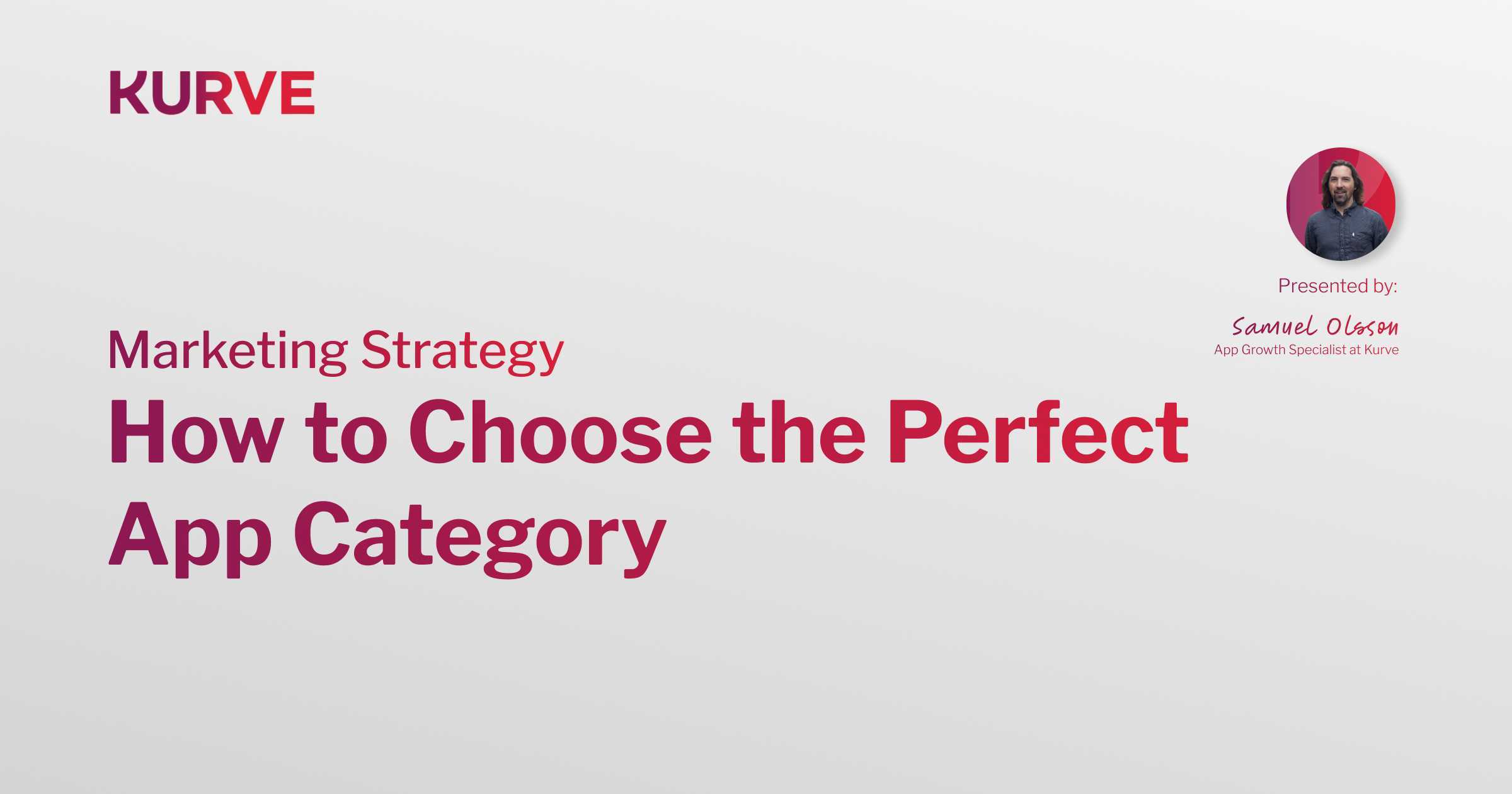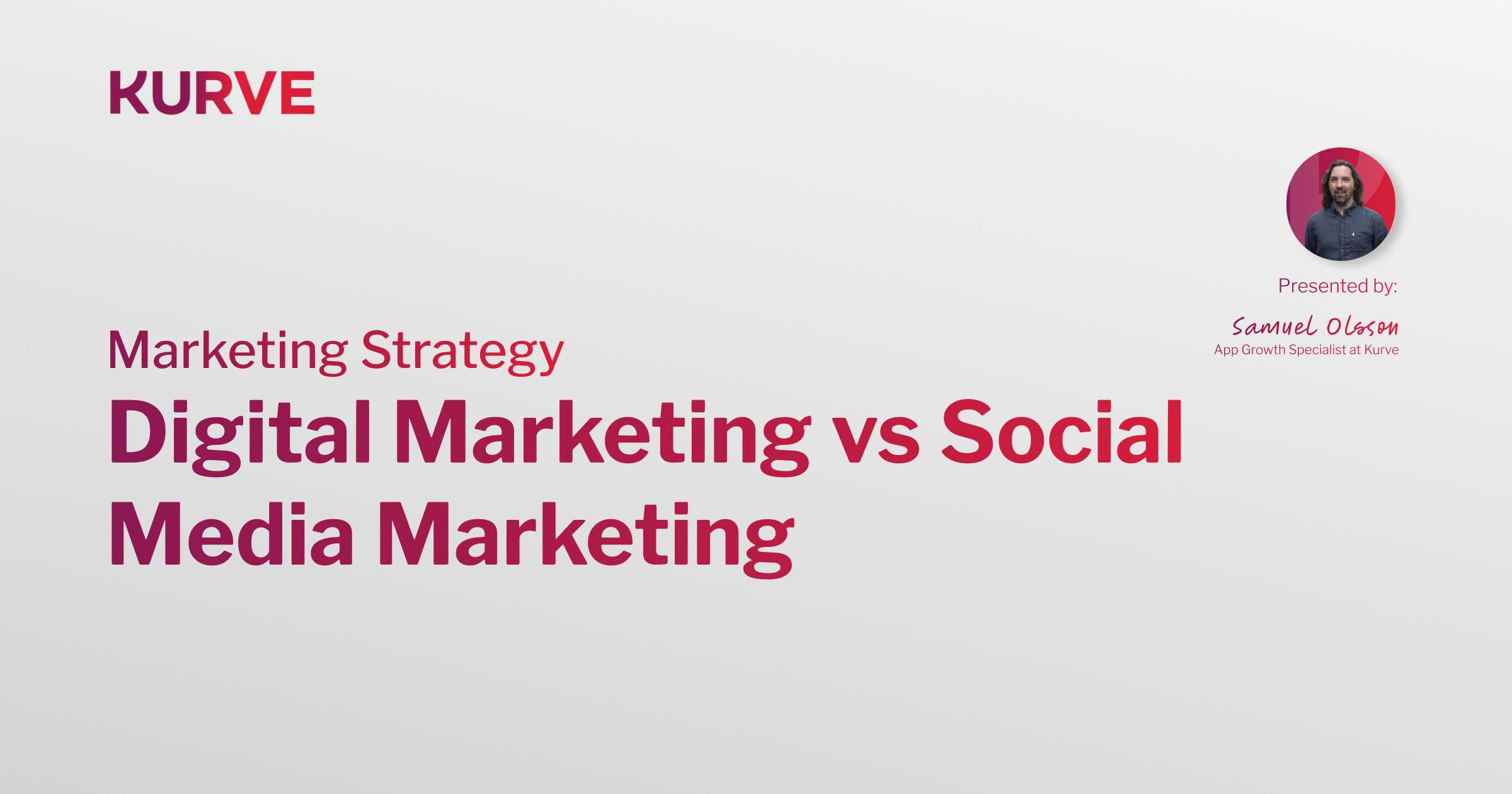How Many Followers to Be an Influencer
Table of Contents
- Understanding Influencer Tiers by Follower Count
- Factors That Define an Influencer Beyond Follower Count
- What Makes Someone a Social Media Influencer?
- Global Influencer Statistics by Country
- Income Estimates per Influencer Tier
- Platform-Specific Insights
- How Brands Work with Influencers
- Examples of Successful Nano or Micro Influencers
- How to Grow as an Influencer With Kurve
- FAQs
In today’s digital age, social media has revolutionized the way we communicate, share ideas, and do business. One of the biggest phenomena to emerge from this shift is the rise of influencers. These individuals, regardless of their niche, have the power to impact purchasing decisions, shape opinions, and build loyal communities online. With the rise of platforms like Instagram, TikTok, and YouTube, becoming a content creator is more accessible than ever—yet standing out requires skill, persistence, and a solid growth strategy.
So, how many followers does it take to be considered an influencer? The answer varies depending on industry, platform, and engagement levels. It's not just about having a big number; it’s about having the right kind of followers who engage with your content and trust your voice. Whether you're a budding nano influencer or aiming to become a macro-level creator, knowing where you stand and how to grow is crucial.
This article delves into follower counts, influencer tiers, and what really makes someone an influencer. We also explore the global influencer landscape, income potential by tier, and offer actionable insights—including how to grow your presence with help from Kurve.

Understanding Influencer Tiers by Follower Count
While there is no single magic number, the influencer landscape is generally divided into the following categories:
Types of Influencers Based on Follower Count
Nano-Influencers (1K – 10K followers)- Often highly engaged communities
- Great for niche marketing and authentic content
Micro-Influencers (10K – 100K followers)
- Balance between reach and engagement
- Ideal for brands targeting specific demographics
Macro-Influencers (100K – 1M followers)
- Broad reach and professional content
- Typically collaborate with mid-to-large brands
Mega or Celebrity Influencers (1M+ followers)
- Massive reach
- Often include traditional celebrities and top-tier content creators
Factors That Define an Influencer Beyond Follower Count
While numbers matter, being an influencer isn't just about followers. Key factors include:
Engagement Rate: High likes, comments, shares, and saves. A good engagement rate varies by platform and follower count, but here are general benchmarks:
- Under 1%: Low engagement
- 1% to 3%: Average engagement
- 3% to 6%: Good engagement
- 6% and above: Excellent engagement
For example, a nano-influencer with 5,000 followers and 300 total interactions (likes/comments) on a post would have a 6% engagement rate—considered excellent and highly attractive to brands. High engagement often signals an authentic connection with the audience, which brands prioritize over raw follower numbers.
Content Quality: Aesthetic, authenticity, storytelling. For example, a well-performing piece of influencer content typically blends these elements in roughly balanced proportions: 40% visual appeal (aesthetic quality, editing, branding), 30% authenticity (real voice, behind-the-scenes or day-in-the-life style), and 30% storytelling (narrative flow, purpose, emotional hook). High-quality content often reflects the influencer’s personality and niche while also delivering value or entertainment to the audience.
Audience Trust: Real influence comes from the ability to sway audience behavior. Strong audience trust is built over time through transparency, consistency, and value-driven content. A trustworthy influencer often sees high levels of post saves, shares, and direct messages from followers. In terms of composition, trust-building content typically consists of 40% educational or informative content (tips, how-tos, product demos), 30% personal storytelling (life experiences, opinions, authentic moments), and 30% social proof (user testimonials, reviews, and past brand partnerships). Trust is the glue that turns followers into loyal fans and makes sponsored content feel like a recommendation from a friend rather than an ad.
Consistency: Posting regularly and staying relevant is crucial to building momentum and maintaining audience interest. A consistent influencer is not only active on their platform but also adapts to trends and audience feedback over time.
A well-rounded consistency strategy may look like:
- 50% Regular Posting Schedule – This includes maintaining a predictable cadence (e.g., 3–5 posts per week or 1 video every Tuesday) to keep audiences engaged. For example, a fashion influencer might post daily outfit inspiration every morning as part of their “OOTD” series.
- 30% Trend Responsiveness – Jumping on timely trends, viral challenges, or seasonal topics helps boost reach and relevance. A creator on TikTok might join in on a trending sound or meme format within the same day it’s blowing up.
- 20% Evergreen Content Rotation – Content that remains relevant over time (like FAQs, how-to guides, or best-of posts) helps maintain engagement even during quiet periods. For example, a wellness influencer might post a “top 5 meditation apps” video that’s always useful regardless of date.
- Niche Authority: Becoming known for expertise in a particular field is one of the most powerful ways to stand out as an influencer. Authority builds over time through focused content, consistency, and perceived credibility within a specific topic.
A strong niche authority content mix might look like:
- 50% Expert or Deep-Dive Content – In-depth posts, tutorials, product reviews, case studies, or breakdowns that showcase your knowledge. For example, a finance influencer might post weekly budgeting strategies, app walkthroughs, or investing tips backed by real data.
- 30% Community Interaction – Q&As, polls, responding to DMs or comments, and resharing audience input builds your reputation as a go-to person. A fitness coach might run a weekly “Ask Me Anything” about nutrition or training plans.
- 20% Thought Leadership & Trends – Sharing your opinions on industry trends, busting myths, or even creating your own frameworks. For example, a digital marketing influencer might share predictions about algorithm changes or tools they recommend before others catch on.
Niche Authority: Becoming known for expertise in a particular field is one of the most powerful ways to stand out as an influencer. Authority builds over time through focused content, consistency, and perceived credibility within a specific topic.
What Makes Someone a Social Media Influencer?
Even with 1,000 followers, someone can have meaningful influence. The key is:
- Connection with their audience
- Providing value (tips, entertainment, inspiration, reviews)
- Creating authentic conversations
 Global Influencer Statistics by Country
Global Influencer Statistics by Country
Here's a snapshot of how the influencer space looks around the world:
| Country | Estimated Influencers | Source |
| United States | 12 million | Medium |
| United Kingdom | 8.5 million | Statista |
| Australia | 3.6 million | IZEA |
| Japan | 6 million | JapanBuzz |
| Canada | 2.4 million | Marketing News Canada |
Income Estimates per Influencer Tier
- Nano-Influencers: $10–$100 per post; higher for niche content or local partnerships
- Micro-Influencers: $100–$500 per post; potential for ambassadorships and affiliate earnings
- Macro-Influencers: $1,000–$10,000+ per post depending on platform and engagement rate
- Mega Influencers: $10,000–$1M+ per campaign
Platform-Specific Insights
Instagram: Great for visual content and brand storytelling. High engagement among lifestyle, beauty, and fashion influencers. Instagram Stories, Reels, and carousel posts allow for a variety of content formats that suit product showcases, tutorials, and influencer-led campaigns. The platform remains a top choice for influencer marketing collaborations.
TikTok: Explosive reach potential with trending content. Especially effective for short-form video, Gen Z marketing, and mobile app promotions. TikTok's algorithm favors creativity and high engagement, making it easier for new influencers to go viral. Challenges, sound trends, and filters offer unique branding opportunities, particularly in entertainment, fashion, and wellness.
YouTube: Long-form content, tutorials, and in-depth reviews work well. Strong for niche authority and passive income via ad revenue. Influencers on YouTube can build long-term subscriber relationships, ideal for tech, education, and lifestyle verticals. The platform supports monetization through ads, sponsorships, affiliate marketing, and memberships, making it attractive for serious content creators.
How Brands Work with Influencers
Brands don’t just look at follower counts. They evaluate:
- Engagement rate (likes, shares, influencer engagement rate)
- Brand alignment and target audience match
- Content quality and past collaborations
Influencer marketing for apps is a growing segment, where creators demonstrate app features through engaging content. Brands may offer flat fees, affiliate programs, product gifts, or long-term partnerships.
Examples of Successful Nano or Micro Influencers
1. Diana Hughes (@beingmommywithstyle)- Platform: Instagram
- Focus: Parenting and family life
- Profile Link: https://www.instagram.com/beingmommywithstyle/
- Follower Count: Approximately 8.4K
- Category: Nano-Influencer
- Details: Diana provides content centered around motherhood, offering tips and experiences that resonate with fellow parents.
2. Peachberry Co. (@peachberry.co)
- Platform: TikTok
- Focus: Cozy gaming setups and accessories
- Profile Link: https://www.tiktok.com/@peachberry.co
- Follower Count: Approximately 5.2K
- Category: Nano-Influencer
- Details: Peachberry Co. shares aesthetically pleasing gaming setups and accessories, engaging a niche audience interested in creating cozy gaming environments.
3. Augusto Bartelle (@augustobartelle)
- Platform: Instagram
- Focus: Skydiving and adventure sports
- Profile Link: https://www.instagram.com/augustobartelle
- Follower Count: Approximately 50K
- Category: Micro-Influencer
- Details: Augusto captures thrilling moments from his skydiving adventures, inspiring his followers with high-adrenaline content.
- Platform: Instagram
- Focus: Beauty and makeup tutorials
- Profile Link: https://www.instagram.com/mymakeupcorner
- Follower Count: Approximately 30K
- Category: Micro-Influencer
- Details: Cris offers makeup tutorials and beauty tips, connecting with her audience through engaging and educational content.
How to Grow as an Influencer With Kurve
Becoming a successful influencer takes strategy, patience, and the right partners. Kurve offers cutting-edge solutions for creators and businesses alike, helping you build your brand, grow your audience, and maximize engagement. Whether you’re just starting or scaling up, Kurve provides tools and insights to level up your influence.
With access to clients across a wide range of industries and audience types, Kurve connects influencers with opportunities that align with their niche and values. We focus on building meaningful, long-term relationships — always ensuring good compensation for the creators we work with.
Explore more on how Kurve can help in the world of influencer marketing in this blog about TikTok influencer strategies.
Looking to promote a mobile app through influencers? Kurve also specializes in mobile app influencer marketing, offering strategic guidance and campaign execution tailored for app growth.
Want to scale your personal brand? Visit Kurve's website and discover services tailored to your growth.
So, how many followers to be an influencer? The answer isn’t fixed. From nano-influencers with a few thousand followers to mega influencers with millions, influence lies in authenticity, connection, and content.
If you’re passionate, consistent, and strategic, even 1,000 followers can be your gateway to impactful influence. Building a presence starts with defining your niche, understanding your audience, and creating high-value content that resonates. Use platform tools like Instagram Reels, TikTok trends, or YouTube Shorts to amplify your voice. Stay adaptable, test different content formats, and don't be afraid to collaborate with others in your niche. Learn more about how to become an influencer and find your path with the right support.
Frequently asked questions about how many followers to be an influencer
- Can I be an influencer with less than 1,000 followers?
Yes, while uncommon, even creators with a few hundred loyal followers can be influential within tight-knit communities. - What’s more important: followers or engagement?
Engagement. A smaller, highly engaged audience is often more valuable than a large, passive one. - How do I increase my followers as a beginner?
Post consistently, collaborate with others, use trending hashtags, and interact genuinely with your audience. - Do brands work with nano-influencers?
Absolutely. Brands value nano-influencers for their authenticity and high engagement. - How can Kurve help me become an influencer?
Kurve provides digital strategies, growth tools, and marketing expertise to help you build and monetize your influence.


